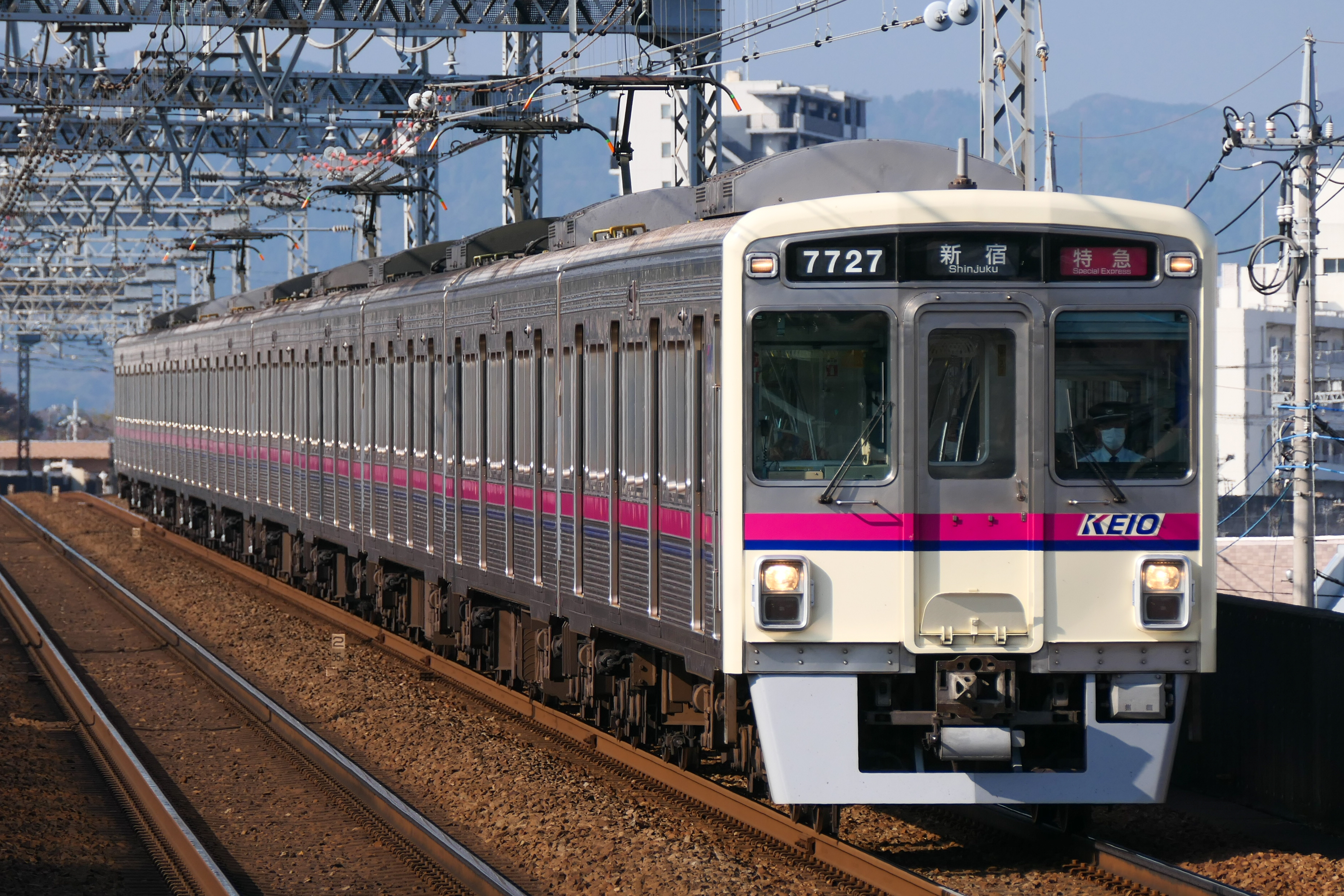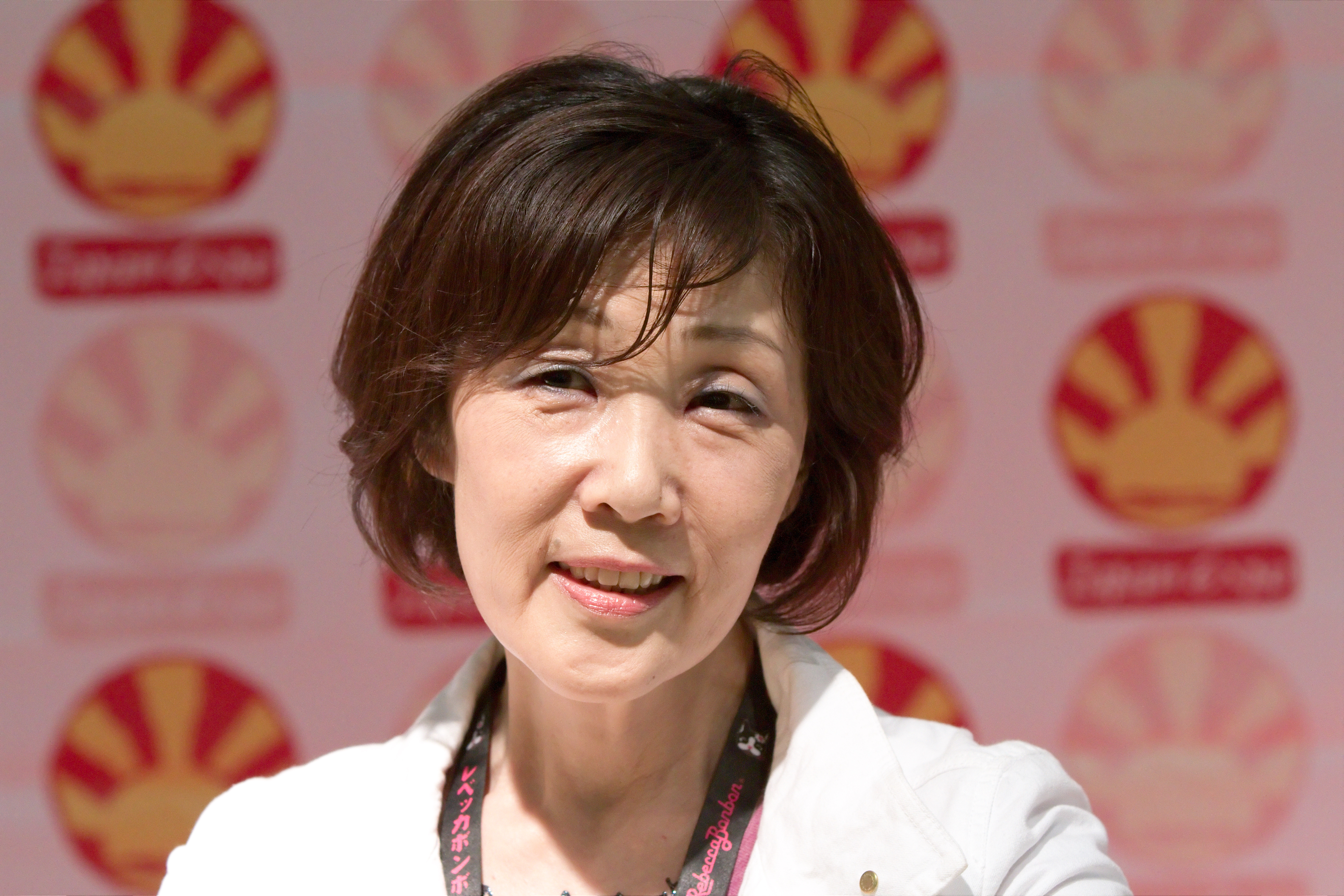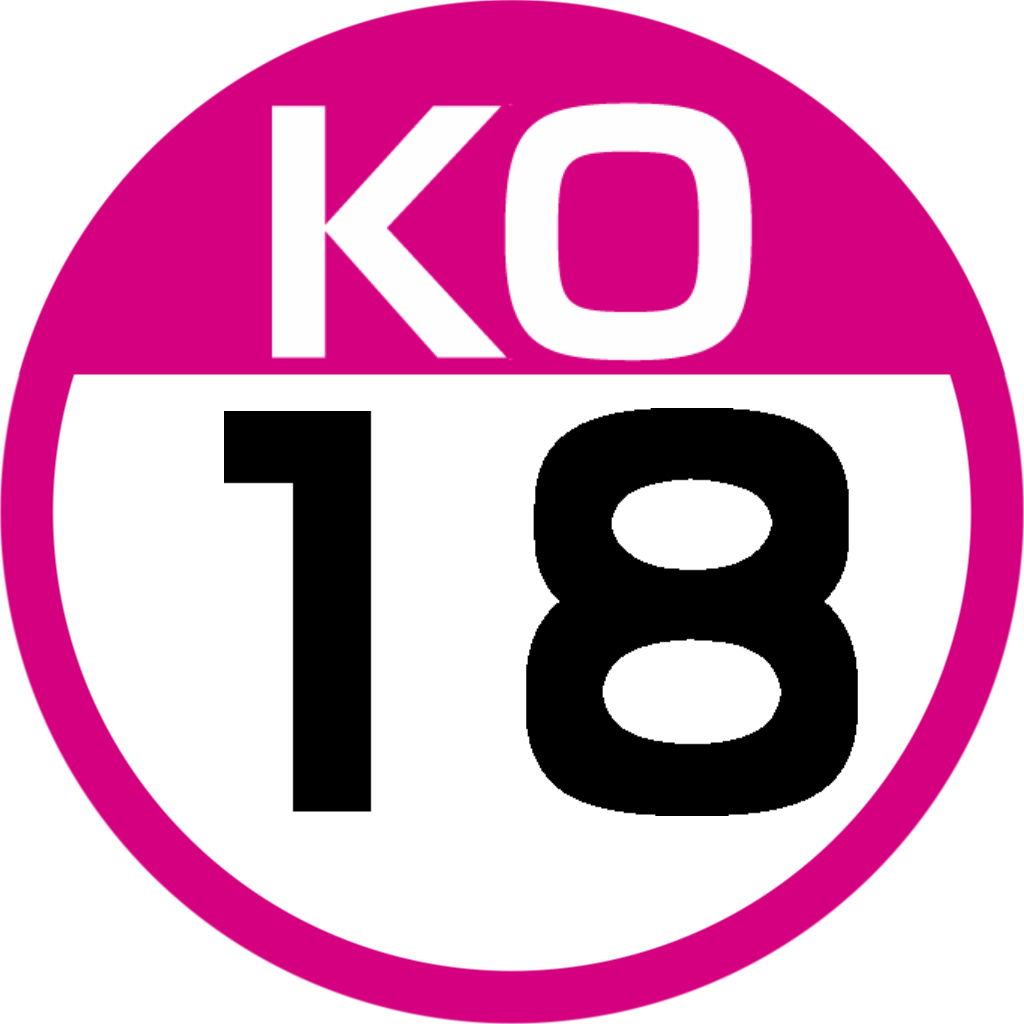|
Keio 9000 Series
The is an electric multiple unit (EMU) train type in Japan, operated by the private railway operator Keio Corporation since 2001 on the Keio Line and its branches in Tokyo and Kanagawa Prefecture. Variants * 9000 series: original 8-car sets (9701-9708) * 9030 series: 10-car sets (9730-9749) for use on Toei Shinjuku Line inter-running services from 2006 Keio 9000 Series 9730 Formation Semi Special Express.jpg, 10-car set 9730 Operations 9000 series The 9000 series 8-car sets are used mainly on the Keio Line, the Takao Line, and the Sagamihara Line. These sets are mainly used on Local services during daytime. They are also used on 10-car Special Express and Rapid trains. Sets are coupled to 2-car Keio 7000 series sets to form 10-car trains. 9030 series The 9030 series 10-car sets are used primarily on inter-running services to and from the Toei Shinjuku Line. Design The front end design is based on the design of the Keio 5000 series. The body is made of stainless steel. W ... [...More Info...] [...Related Items...] OR: [Wikipedia] [Google] [Baidu] |
Nippon Sharyo
, formed in 1896, is a major rolling stock manufacturer based in Nagoya, Japan. In 1996, it abbreviated its name to "日本車両" Nippon Sharyō. Its shortest abbreviation is Nissha "日車". It was a listed company on Nikkei 225 until 2004. It is listed on the Tokyo Stock Exchange and Nagoya Stock Exchange as ticker 7102. In 2008, Central Japan Railway Company (JR Central) became the majority shareholder (50.1%) of the financially struggling Nippon Sharyo making the firm a "consolidated subsidiary" of JR Central. In July 2012 Nippon Sharyo USA started production in their new facility in Rochelle, Illinois. The facility closed at the end of October 2018 due to a lack of orders. Notable projects * Shinkansen ("bullet train") trainsets ** 0 series ** 100 series ** 200 series ** 300 series ** 500 series ** 700 series ** N700 series ** E2 series * Odakyu Electric Railway trainsets ** Odakyu 1000 series ** Odakyu 2000 series ** Odakyu 3000 series ** Odakyu 4000 serie ... [...More Info...] [...Related Items...] OR: [Wikipedia] [Google] [Baidu] |
Keio 7000 Series
The is a Japanese electric multiple unit (EMU) commuter train type operated by the private railway operator Keio Corporation on commuter services in the western suburbs of Tokyo. Technical details * Control system ** Refurbished: IGBT-VVVF ** 10-car sets (6 motored cars): Chopper ** 10-car sets (5 motored cars): VVVF ** 8-car sets (5 motored cars): Chopper ** 8-car sets (4 motored cars): VVVF ** 6-car sets (4 motored cars): Chopper ** 6-car sets (3 motored cars): VVVF ** 4-car sets (2 motored cars): Chopper ** 2-car sets (1 motored car): Chopper * Motor output: * Drive mechanism: Parallel cardan shaft * Headlights: Sealed beam * Destination indicators: roller blind Body The body is stainless steel. Early sets used corrugated panels, while sets made after 1987 had a beaten style. (Some corrugated-style cars were made after 1987 as middle cars for sets made early in production.) The sides were not painted. Fronts of early sets were the same color as the sides. The front d ... [...More Info...] [...Related Items...] OR: [Wikipedia] [Google] [Baidu] |
Nippon Sharyo Multiple Units
Japan ( ja, 日本, or , and formally , ''Nihonkoku'') is an island country in East Asia. It is situated in the northwest Pacific Ocean, and is bordered on the west by the Sea of Japan, while extending from the Sea of Okhotsk in the north toward the East China Sea, Philippine Sea, and Taiwan in the south. Japan is a part of the Ring of Fire, and spans an archipelago of 6852 islands covering ; the five main islands are Hokkaido, Honshu (the "mainland"), Shikoku, Kyushu, and Okinawa. Tokyo is the nation's capital and largest city, followed by Yokohama, Osaka, Nagoya, Sapporo, Fukuoka, Kobe, and Kyoto. Japan is the eleventh most populous country in the world, as well as one of the most densely populated and urbanized. About three-fourths of the country's terrain is mountainous, concentrating its population of 123.2 million on narrow coastal plains. Japan is divided into 47 administrative prefectures and eight traditional regions. The Greater Tokyo Area is the most pop ... [...More Info...] [...Related Items...] OR: [Wikipedia] [Google] [Baidu] |
Electric Multiple Units Of Japan
Electricity is the set of physical phenomena associated with the presence and motion of matter that has a property of electric charge. Electricity is related to magnetism, both being part of the phenomenon of electromagnetism, as described by Maxwell's equations. Various common phenomena are related to electricity, including lightning, static electricity, electric heating, electric discharges and many others. The presence of an electric charge, which can be either positive or negative, produces an electric field. The movement of electric charges is an electric current and produces a magnetic field. When a charge is placed in a location with a non-zero electric field, a force will act on it. The magnitude of this force is given by Coulomb's law. If the charge moves, the electric field would be doing work on the electric charge. Thus we can speak of electric potential at a certain point in space, which is equal to the work done by an external agent in carrying a unit of p ... [...More Info...] [...Related Items...] OR: [Wikipedia] [Google] [Baidu] |
Hello Kitty
, also known by her full name , is a fictional Character (arts), character created by Yuko Shimizu, currently designed by Yuko Yamaguchi, and owned by the Japanese company Sanrio. Sanrio depicts Hello Kitty as an Anthropomorphism, anthropomorphized white cat with a red bow and no visible mouth. According to her backstory, she lives in a London suburb with her family, and is close to her twin sister Mimmy, who is depicted with a yellow bow. Hello Kitty was created in 1974 and the first item, a vinyl coin purse, was introduced in 1975. Originally Hello Kitty was only marketed towards preadolescent, pre-teenage girls, but beginning in the 1990s, the brand found commercial success among teenage and adult consumers as well. Hello Kitty's popularity also grew with the emergence of ''kawaii'' (cute) culture. The brand went into decline in Japan after the 1990s, but continued to grow in the international market. By 2010 the character was worth a year and ''The New York Times'' called h ... [...More Info...] [...Related Items...] OR: [Wikipedia] [Google] [Baidu] |
Sanrio
is a Japanese entertainment company. It designs, licenses, and produces products focusing on the ''kawaii'' ("cute") segment of Japanese popular culture. Their products include stationery, school supplies, gifts, and accessories which are sold worldwide, including at specialty brand retail stores in Japan. Sanrio's best-known character is Hello Kitty, a little cartoon girl cat and one of the most successful marketing brands in the world. Besides selling character goods, Sanrio takes part in film production and publishing. They own the rights to the ''Mr. Men'' characters and Japanese licensing rights to the ''Peanuts'' characters. Their animatronics branch, called Kokoro Company, Ltd. (''kokoro'' being Japanese for 'heart') is best known for the Actroid Android (robot), android. The company also runs a franchise of KFC in Saitama Prefecture. History Shintaro Tsuji founded Sanrio on August 10, 1960, then known as the Yamanashi Silk Company using in capital. In 1962, Tsuji exp ... [...More Info...] [...Related Items...] OR: [Wikipedia] [Google] [Baidu] |
Pantograph (rail)
A pantograph (or "pan" or "panto") is an apparatus mounted on the roof of an electric train, tram or electric bus to collect power through contact with an overhead line. By contrast, battery electric buses and trains are charged at charging stations. The pantograph is a common type of current collector; typically, a single or double wire is used, with the return current running through the rails. The term stems from the resemblance of some styles to the mechanical pantographs used for copying handwriting and drawings. Invention The pantograph, with a low-friction, replaceable graphite contact strip or "shoe" to minimise lateral stress on the contact wire, first appeared in the late 19th century. Early versions include the bow collector, invented in 1889 by Walter Reichel, chief engineer at Siemens & Halske in Germany, and a flat slide-pantograph first used in 1895 by the Baltimore and Ohio Railroad The familiar diamond-shaped roller pantograph was devised and patented b ... [...More Info...] [...Related Items...] OR: [Wikipedia] [Google] [Baidu] |
Stainless Steel
Stainless steel is an alloy of iron that is resistant to rusting and corrosion. It contains at least 11% chromium and may contain elements such as carbon, other nonmetals and metals to obtain other desired properties. Stainless steel's corrosion resistance, resistance to corrosion results from the chromium, which forms a Passivation (chemistry), passive film that can protect the material and self-healing material, self-heal in the presence of oxygen. The alloy's properties, such as luster and resistance to corrosion, are useful in many applications. Stainless steel can be rolled into Sheet metal, sheets, plates, bars, wire, and tubing. These can be used in cookware, cutlery, surgical instruments, major appliances, vehicles, construction material in large buildings, industrial equipment (e.g., in paper mills, chemical plants, water treatment), and storage tanks and tankers for chemicals and food products. The biological cleanability of stainless steel is superior to both alumi ... [...More Info...] [...Related Items...] OR: [Wikipedia] [Google] [Baidu] |
Keio 5000 Series
The is an electric multiple unit (EMU) train type which was formerly operated by Keio Corporation in Japan and first introduced in 1963. Built in batches by Nippon Sharyo, Tokyu Car Corp, and Hitachi, it was the recipient of the fourth Laurel Prize of the Japan Railfan Club. A total of 155 vehicles were built between 1963 and 1969, formed as 23 four-car sets, 13 three-car sets, and 12 two-car sets. Withdrawal and resale Withdrawals started in 1987, with the last remaining non-air-conditioned two-car sets (5101 to 5112) operating until 21 March 1989. All units were withdrawn from Keio services by December 1996, and a number of units have since been converted for use on other lines throughout Japan, including the Iyotetsu 700 series The is an electric multiple unit (EMU) train type operated by the private railway operator Iyo Railway (Iyotetsu) in Matsuyama, Ehime, Japan, since 1987. Design The trains were converted from former Keio 5000 series EMU cars between 1987 and . ... [...More Info...] [...Related Items...] OR: [Wikipedia] [Google] [Baidu] |
Keiō Sagamihara Line
The is a Japanese railway line operated by the private railway operator Keio Corporation, connecting Hashimoto Station in Sagamihara, Kanagawa Prefecture and Chōfu Station in Chōfu, Tokyo. Station list Rapid and Semi express services stop at all stations on this line. ;Notes: History The line opened as a one-stop single-track spur from Chōfu to Keiō-Tamagawa on 1 June 1916, electrified at 600 V DC, and was double-tracked on 1 April 1924. On 1 May 1937, Tamagawara was renamed Keiō-Tamagawa, and on 4 August 1963, the voltage was increased to 1,500 V DC. The line was extended (all extensions were electrified dual track) on 1 April 1971, to Keiō-Yomiuri-Land. Subsequent extensions brought the line to Keiō-Tama-Center (18 October 1974), Minami-Ōsawa (22 May 1988) and Hashimoto (30 March 1990). Tamasakai station opened on 6 April 1991. In 2012, the Chofu to Keiō-Tamagawa section was relocated underground. Station numbering was introduced on 22 February 2013. See a ... [...More Info...] [...Related Items...] OR: [Wikipedia] [Google] [Baidu] |








